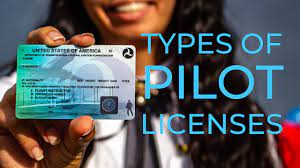In the realm of aviation, Pilot Commercial License stand as the quintessential guardians of the skies. They possess the expertise, skill, and responsibility to safely navigate aircraft through the complexities of the atmosphere, ensuring the safety and comfort of passengers and cargo alike. This article delves into the multifaceted role of pilots, exploring their training, responsibilities, and the vital importance they hold within the aviation industry.
The Path to Becoming a Pilot: Becoming a pilot is no small feat; it requires dedication, rigorous training, and a passion for aviation. The journey typically begins with obtaining a private pilot license (PPL), which involves extensive ground school studies and flight training. Aspiring pilots learn the fundamentals of aircraft operation, navigation, meteorology, and aviation regulations.
Following the acquisition of a PPL, many pilots pursue advanced certifications such as a commercial pilot license (CPL) or an airline transport pilot license (ATPL), depending on their career aspirations. These licenses require additional flight hours, more advanced training, and proficiency in more complex aircraft systems.
Moreover, pilots must undergo regular medical examinations to ensure they meet the physical and mental fitness standards necessary for safe flight operations. Continuous learning and recurrent training are also essential throughout a pilot’s career to stay abreast of technological advancements and regulatory changes.
The Responsibilities of Pilots: The responsibilities of pilots extend far beyond merely flying an aircraft from point A to point B. They are entrusted with the safety of everyone onboard, as well as the security of the aircraft and its payload. Before each flight, pilots meticulously plan the route, considering factors such as weather conditions, air traffic, fuel requirements, and alternate airports in case of emergencies.

